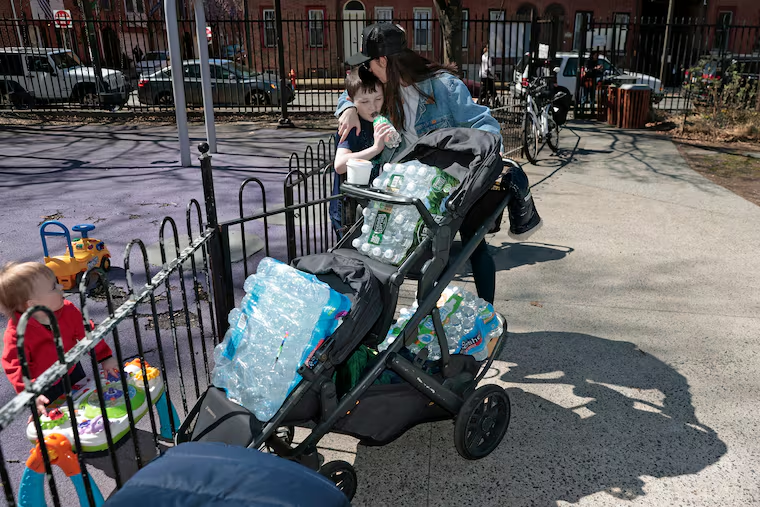Philadelphia water: What we know and don’t know after Delaware River latex spill
City officials announced Tuesday that Philadelphia’s drinking water will not be impacted by the spill in Bristol.

City officials announced Tuesday that Philadelphia’s drinking water will not be impacted by the spill in Bristol.
